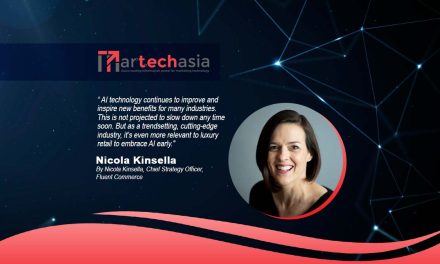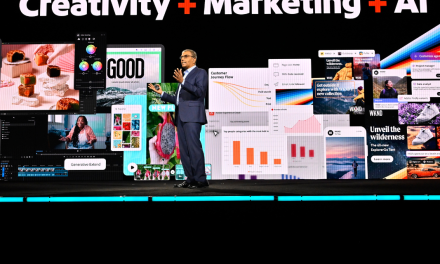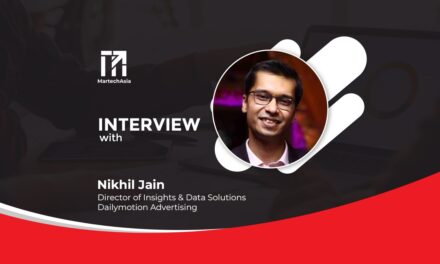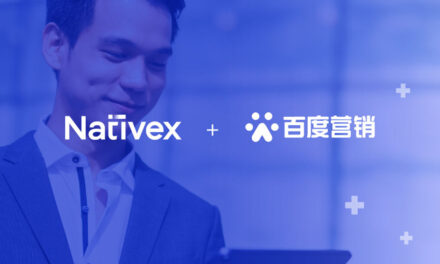As a business, here is what you need to know for Web 3.0 and Web 4.0 marketing.
Since its inception, the Web has evolved through many phases of continuous research and development by IT experts. Today, the new-age internet (Web 3.0and Web 4.0) welcomes advanced technologies with superior capabilities to analyze human purchasing behaviors and bolster digital marketing strategies.
What is Web 3.0?
Web 3.0 is also called semantic or decentralized web without a single data source. It is now considered the new-age or the next generation internet, which involves artificial intelligence (AI), blockchain technology, and semantic web technology. Decentralized web promotes data ownership, eliminating intermediaries and data source monopoly.
In 2017, the founder of Sinovation Ventures, a venture capital firm and a top tech voice in China, said that robots or “decision engines” will replace half of all jobs in the next decade. Kai-Fu Lee emphasized the role of AI in taking data into insight and decision, which is now being widely used in marketing.
Web 3.0 Marketing
Web 3.0 is the New Decentralized Internet where third-generation online services emanate and augmented reality, virtual reality, blockchain-based decentralization, and AI-based semantics come together. It’s an evolving marketing concept, exploring the web by looking at new technologies and trends, enhancing the customer experience through engaging blogs, interactive and targeted ads, and other web content pieces.
Benefits to Marketers
Marketers can create more efficient strategies to promote their brands with web 3.0 marketing. They have a new environment to experiment with and carry out innovative advertising campaigns without strict rules and permissions.
The new-age internet possesses human-like capabilities that can understand data conceptually with the power of artificial intelligence (AI). So, marketers can develop more personalized marketing approaches. Web 3.0 overhauls digital marketing, bringing seismic brand marketing and customer engagement changes.
Because data come from multiple servers, server failure is impossible. Digital marketing teams can create and iterate strategies faster without delays.
Benefits to Consumers
Web 3.0 empowers consumers because of easy access to various information sources to influence their purchase decisions. Decentralization upholds privacy rights. It prevents data theft, giving users full ownership of their private data instead of search engine and social media giants holding information and selling it to marketers and advertisers.
What is Web 4.0?
Web 3.0 evolved into Web 4.0, also called symbiotic, smart, or intelligent web.
Web 4.0 adds higher intelligence levels, in which software agents residing on computers or roaming on the Internet can communicate and reason with other systems to work collaboratively.
Web 4.0 services support an adaptive content presentation, utilizing the web database through an intelligent agent. Proactive, self-learning, autonomous, collaborative, and content-generating and exploring agents are based on AI and semantic and reasoning technologies.
Web 4.0 Marketing
Web 4.0 marketing relies on the symbiotic relationship of software agents. Web 4.0 services interact with sensors, virtual reality services, or natural-language services. With metadata organization (web 3.0), machines and humans can interact in symbiosis, capable of building more powerful interfaces such as mind-controlled interfaces.
Benefits to Marketers
Marta Mensa, an advertising expert, predicted that brands would spend half of their marketing budget on advertising on digital media or the Internet. Her prediction was correct, as many companies are now investing even more than 50% of their marketing budget to boost their online presence and smoothly transition to digital transformation.
Companies can link up with other companies using Web 4.0. It will allow them to offer new services at a lower price, leading to unexpected mergers between different companies benefiting from the merger. With merging, different businesses can share information and combine services easily.
The retail industry benefits much from Web 4.0 marketing. It evolves on customer engagement across the Internet of Things (IoT) devices, including mobile phones, tablets, and connected televisions.
Connected TV advertising and over-the-top (OTT) advertising are the top bearer in China, providing brands with great reach. Companies can take advantage of these advertising tactics alongside other Web 4.0 marketing strategies. Connected TV advertising pertains to premium content streaming via smart TV or OTT device apps. Before the actual content, ads run or during commercial breaks.
Benefits to Consumers
The Web 4.0 can make decisions on the consumer’s behalf without needing consultation. It has a marketing impact, moving away from a social focus to customer engagement. Web 4.0 provides a platform for companies to be accessible to consumers 24/7.
Web 4.0 boosts customer experience, giving them full control of their purchases. Three-dimensional (3D) browsers allow consumers to virtually go to stores and showrooms to search for products they like. Personal assistants can warn consumers if the same item is lower in price on another site.
Electronic agents are powered by AI, sensing users through voice or facial recognition. Self-learning systems provide recommendations as to what products are applicable to the user. However, privacy concerns arise with the use of these verification methods.
With the new-age internet, Web 3.0 and Web 4.0 bring new marketing opportunities to business-to-customer (B2C) and business-to-business (B2B) companies. However, there are also challenges that APAC businesses face as they find ways to leverage advanced technologies to attain digital transformation and establish a successful new-age online presence.



















